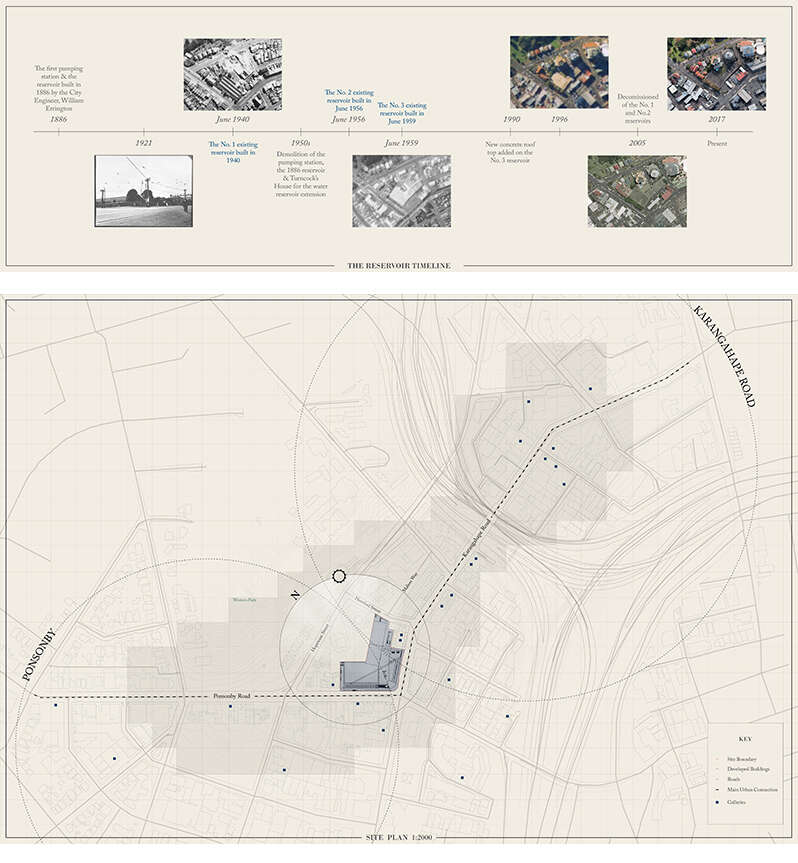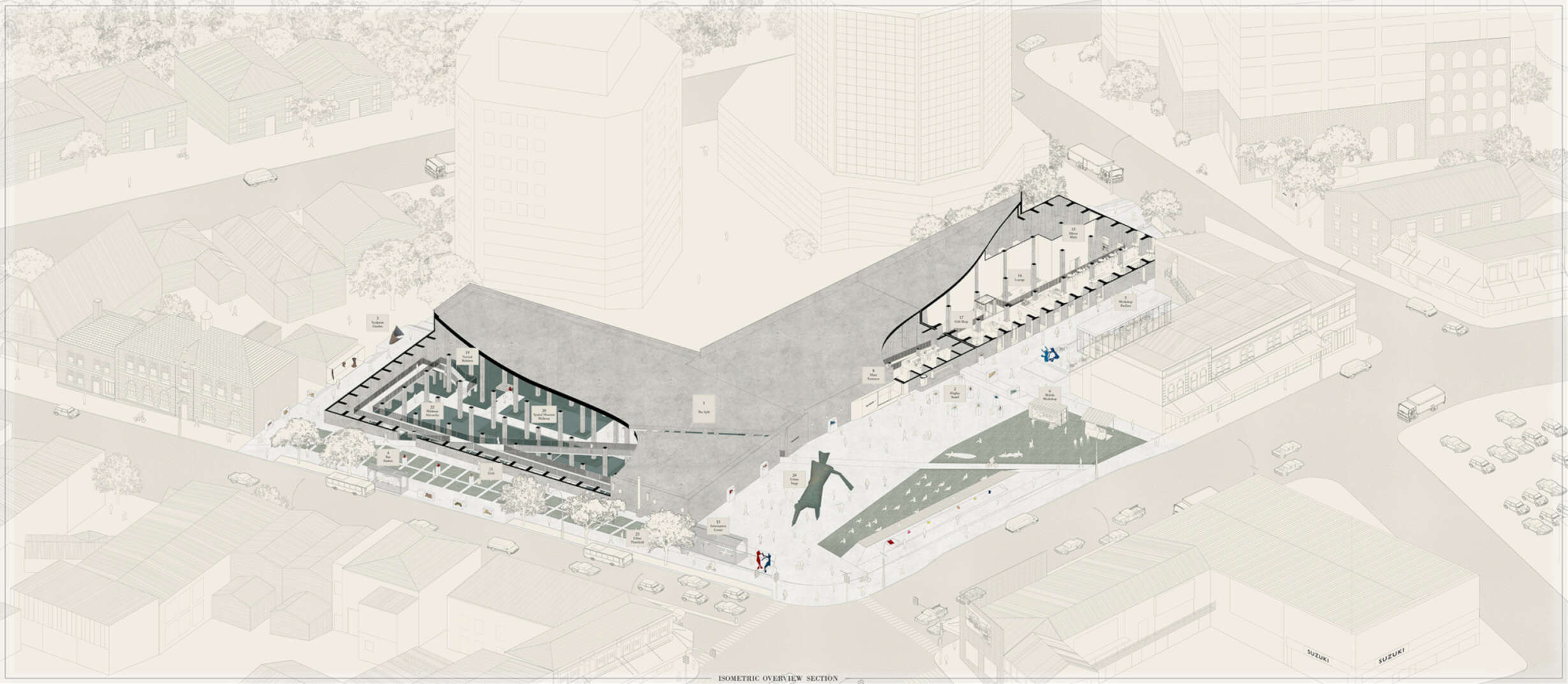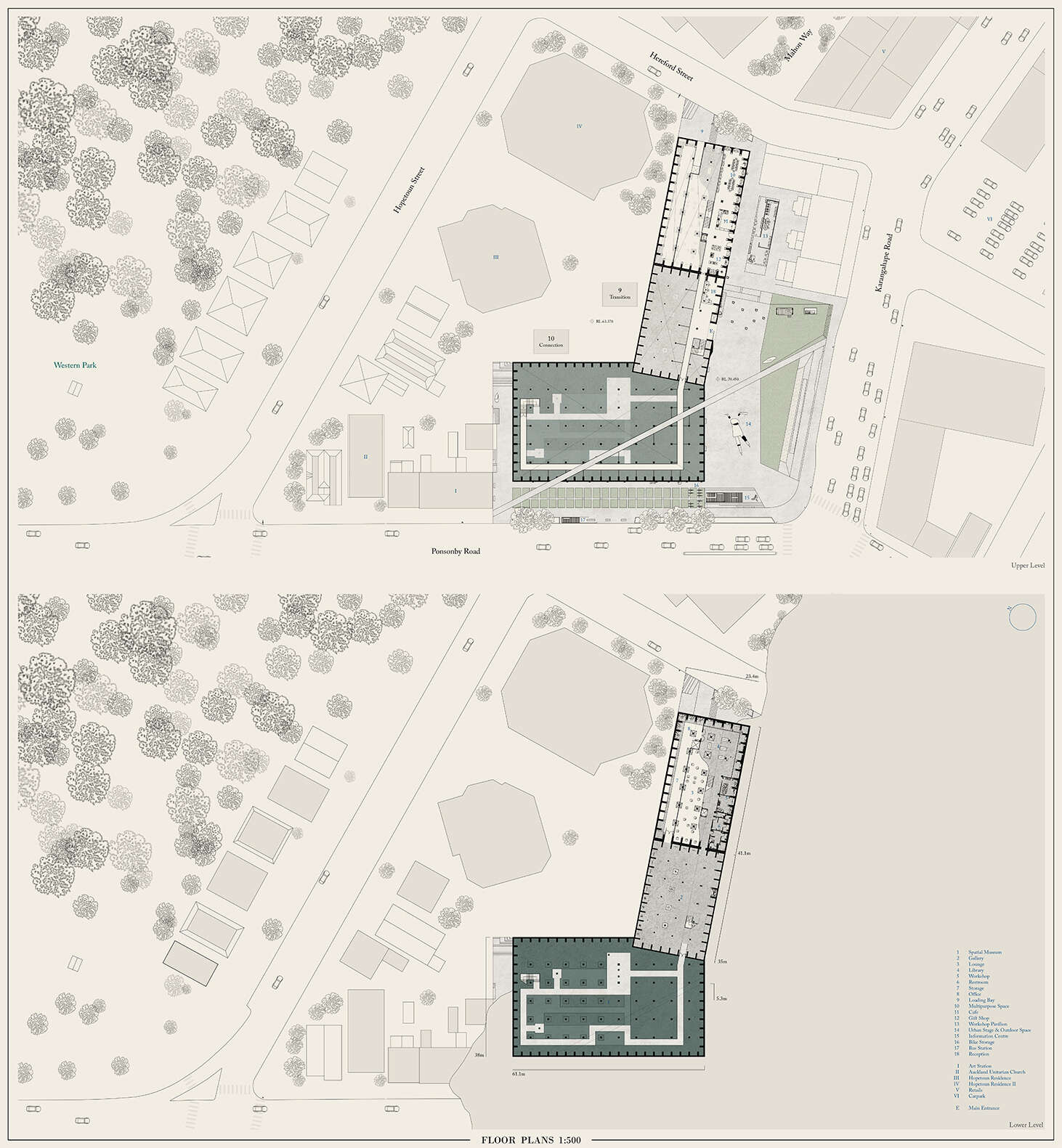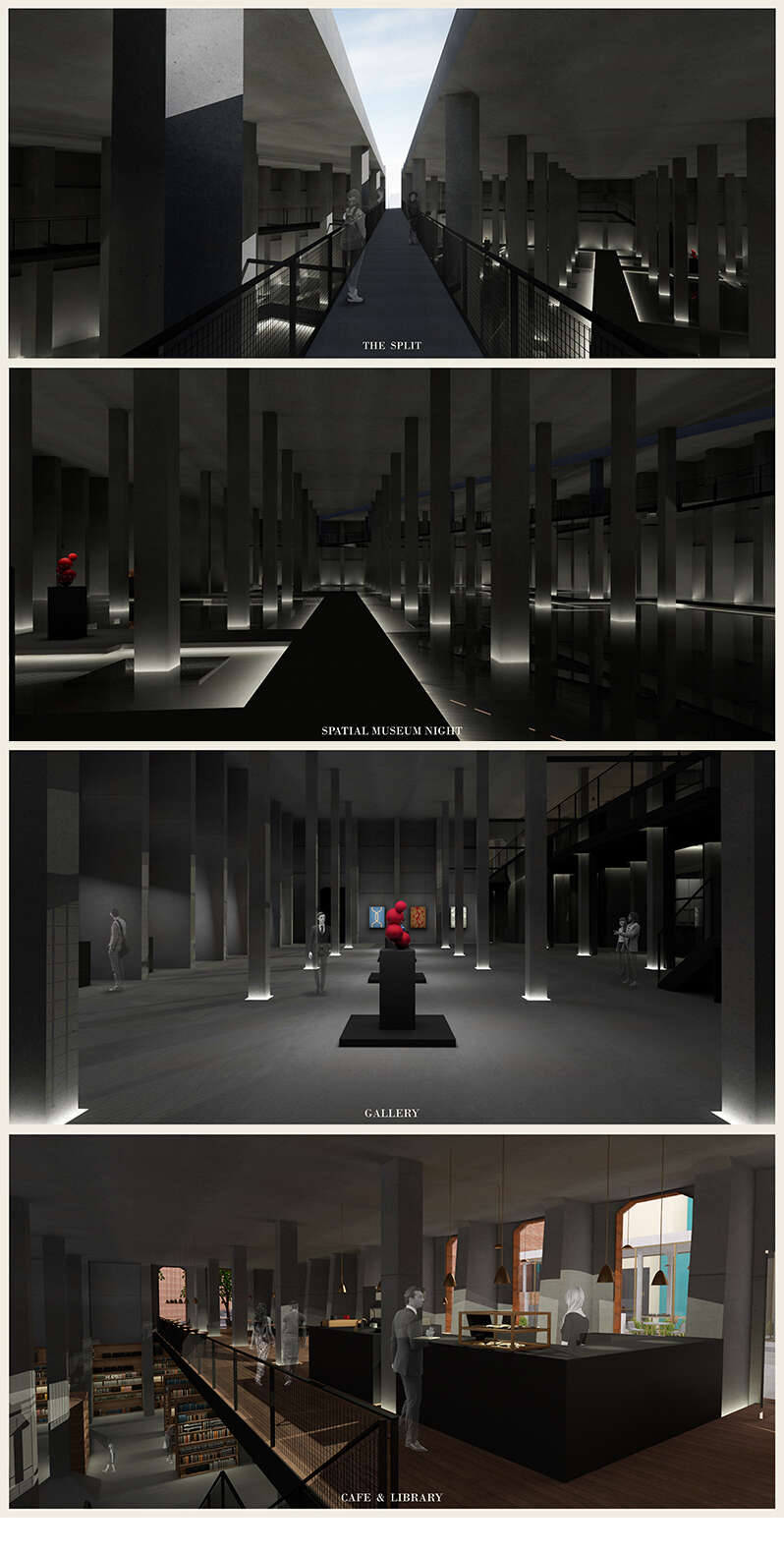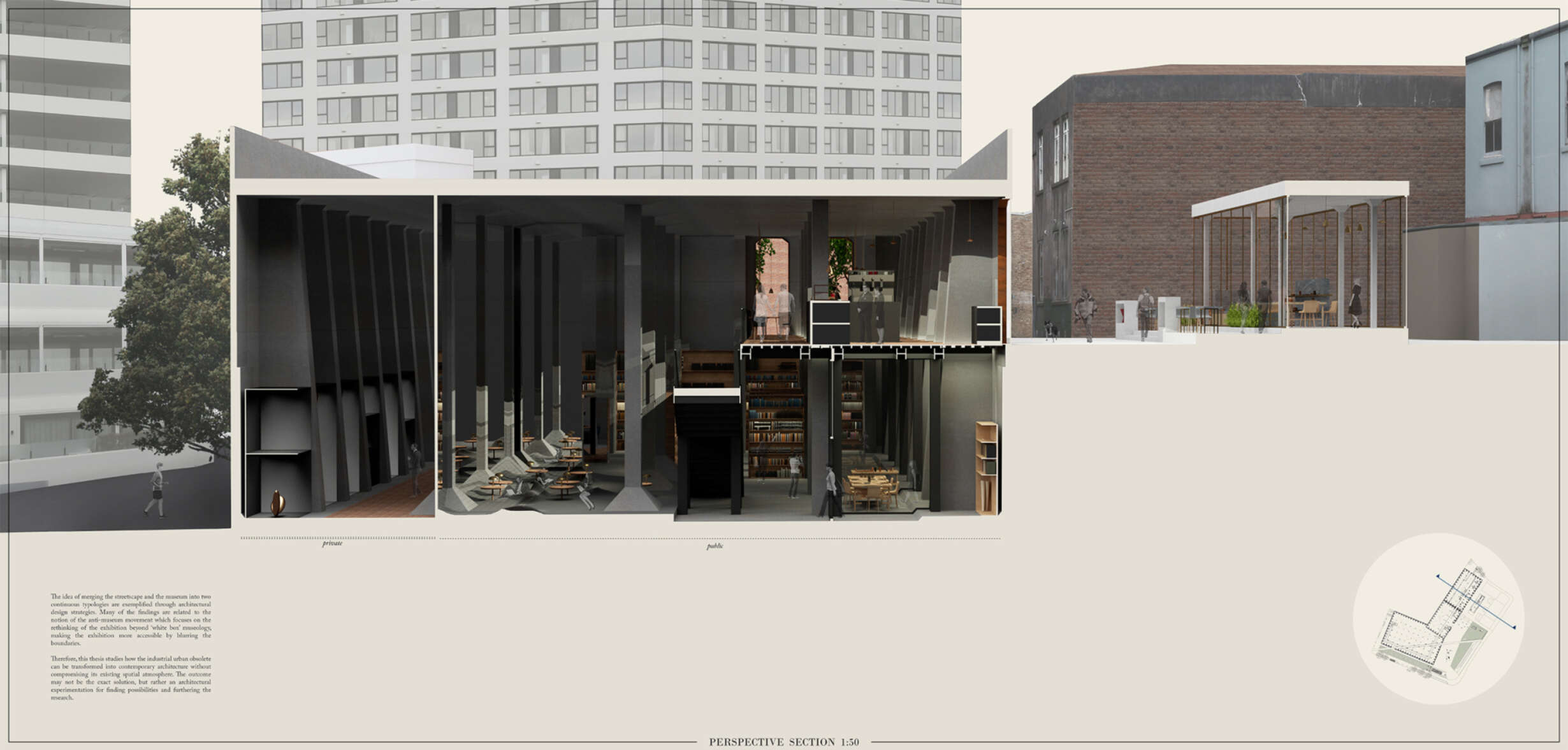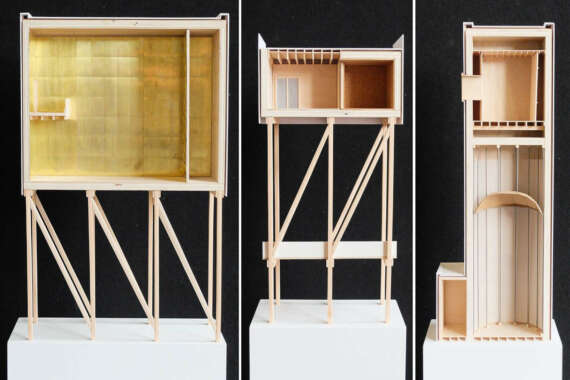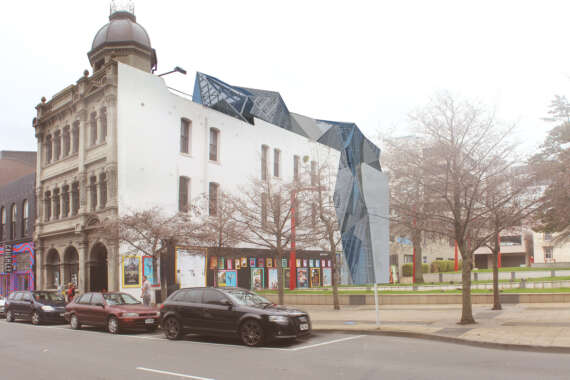A Foreign Affair // Beyond the “White Box”: Re-thinking the Exhibition Typology with Responses to Urban Context

Culture is the epitome of identity. Because of the rapid globalisation process, our world is more connected than before. While new cultures have been developed in the past few decades, naturally vestiges of cultures with rich pasts remain. It is important for us to acknowledge, preserve and pass down our own traditional culture to the future generations. If what is preserved in the museum represents our traditional culture, it should be more accessible to everyone.
Questioning how architecture may act as a catalyst for greater appreciation of art, history and culture, this thesis argues our current museology often fails to engage with a wider, diverse public audience. The majority of visitors to the museums and galleries are scholars and educated individuals. Perhaps part of this is due to the existing museology that is usually designed as an enclosed space. As a result, invisible boundaries are formed to dispute the public engagement with the museum.







